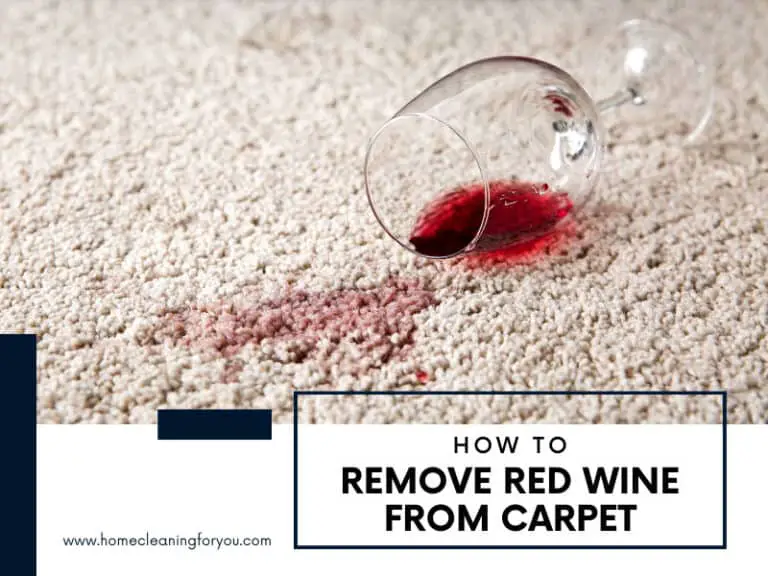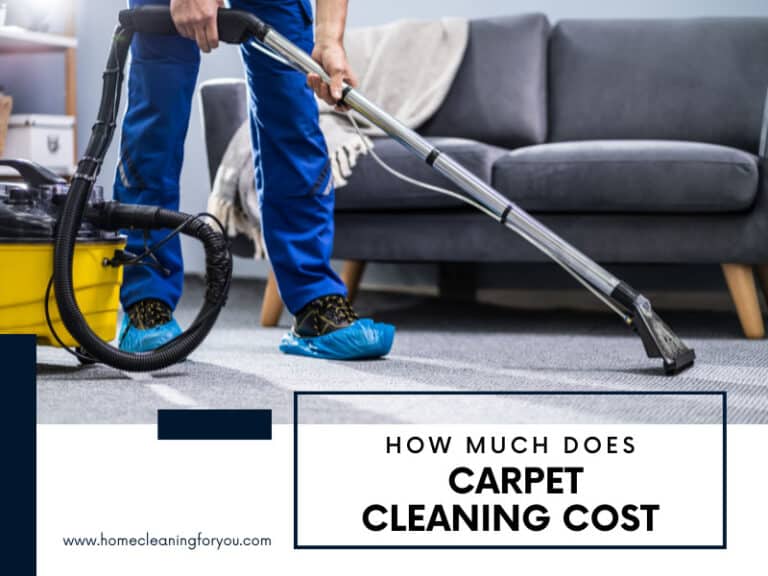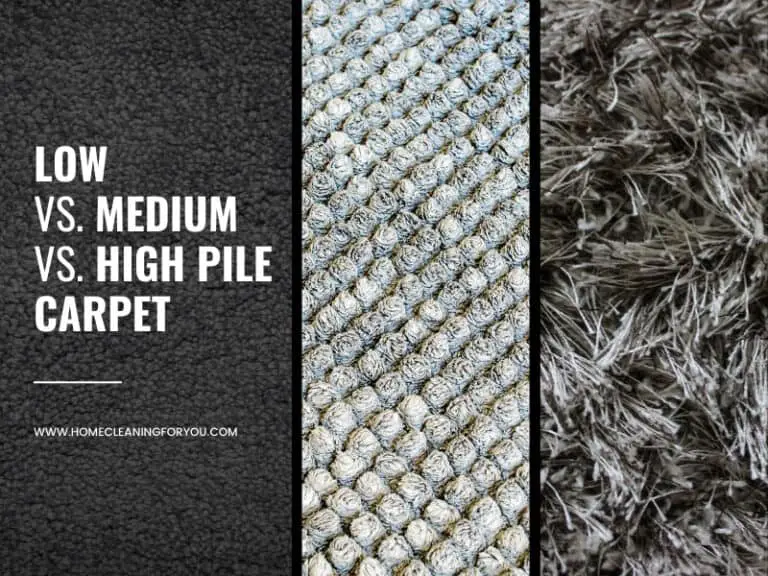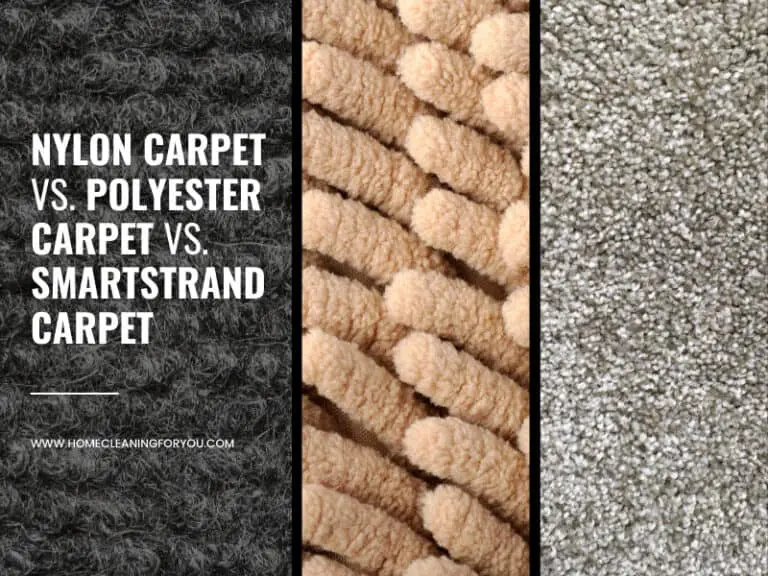Guidance Of Wool Carpet Vs. Nylon Carpet Vs. Synthetic Carpet

Wool carpet vs. Nylon carpet vs. Synthetic carpet, what kind of material is preferable? More importantly, how do they differ regarding the properties or characteristics?
There are various carpet fibers on the market. Each of them has distinctive strengths and weaknesses that you need to review before selecting an appropriate one.
But in this article, wool, nylon, and synthetic are the primary subjects to be covered. Alright! Let’s have a look at what they are and what they can offer now.
Wool Carpet – The Natural Choice For Your Floor Covering

Wool is a well-known material that people use to create carpets. Besides, there are other natural options in the carpet and rug industry, such as cotton, sisal, jute, silk, coir, or seagrass, but wool can be seen as the most popular fiber to make up this floor covering.
As they are natural and organic, wool carpet is known as an environmentally friendly and biodegradable item. They are also great at fire resistance.
Besides, various manufacturers do not use chemicals to produce this carpet type as the main wool source is from sheep worldwide (but mostly from New Zealand and the UK).
Another notable characteristic of wool carpets is their price. Compared to other materials, those made from wool are more expensive; that’s why their market share in the carpet industry is relatively small.
Synthetic Carpet – Amazing Products That From Human Hands
Synthetic carpets are made from artificial fibers, which come in 5 different types: Nylon, Polyester, Triexta, Acrylic, and Olefin carpets. And, of course, various materials have unique characteristics that distinguish them from another.
Here are some of the significant characteristics of each material so you can check and find out the suitable one for you.
Nylon Carpet

Advantages: High in durability, abrasion resistance, and elasticity.
Disadvantage: Higher prices than polyester types, not eco-friendly, can accumulate static electricity.
Other Information: Polycaprolactam (Nylon 6) and Polyhexamethylene adipamide (Nylon 6,6) are 2 common nylon fibers to make this item. They are both costly and difficult to manufacture.
Polyester Carpet (PET)

Advantages: Cheaper and better in stain-resistance than nylon, comfortable, and eco-friendly. Have various colors.
Disadvantage: Resilience and durability are not as good as nylon.
Other Information: Though polyester carpet is pretty good at stain resistance, it cannot cope with oily stains.
Wonder whether polyester or nylon is more suitable for you? Here is a quick rundown of them.
Triexta Carpet
Advantages: Good at resilience, elasticity, cleanability, eco-friendly, softer, and more durable than polyester carpet.
Disadvantage: Tensility is a little bit lower than PET ones, not good at resiliency and abrasion-resistant, limited color options
Other Information: This type is the newest type of carpet fiber that has been acknowledged under the name poly trimethylene terephthalate (PTT) in 2009 (1).
Acrylic Carpet
Advantages: One of the cheapest choices, pretty good at mildew and moth resistance, suitable for allergic people
Disadvantage: Low lifespan (poor durability), not really good at stain resistance as it can accumulate dirt.
Other Information: Can resemble a wool-like feeling, making it become an ideal wool carpet alternative after 1950.
Olefin Carpet (Polypropylene)
Advantages: Another cheap carpeting option, stain and fade resistance.
Disadvantage: Less durable than other synthetic fibers, easily abrasion.
Other Information: If you prefer loop carpets (e.g., Berber), olefin fiber is a great option.
General Comparison Between Wool Carpet And Synthetic Carpets
What I just presented are the popular features of wool and 5 types of synthetic carpets. For a clear view, below is a comparison table between wool and man-made carpets regarding their properties.
This brief guide will make it clearer in choosing carpet, especially for wool, nylon, polyester, and triexta types.
Durability
It is tough to have a suitable choice regarding this aspect as it is based on synthetic fiber type. But in general, the lifespan of wool carpet is outstanding as high-durable is one of the best features of this material.
However, with some synthetic fibers, for example, olefin material cannot cope with high-traffic areas, while nylon is superb in durability.
Sustainability
Wool carpet is made from 100% organic and biodegradable components; therefore, it is more eco-friendly than synthetics.
However, synthetic fibers can emit volatile organic compounds (VOCs), which will harm the environment (2). Wool carpet, which is a natural product, cannot release VOCs. But if you buy a carpet made from mixed natural and synthetics, the VOCs process still happens.
Cleaning

Wool carpet requires professional treatments when it comes to full carpet cleaning. You can clean them by yourself, but for spot clean only.
So if you have a pet or young children, human-made carpeting is preferable as it is easier to clean.
Stain Resistance

Wool carpet is relatively fine in stain resistance but not as good as synthetic carpet varieties. Though wool is covered by microscopic scales, once the spill or stains contact the fiber and are not cleaned immediately, it will be challenging to get rid of it after that.
Synthetic fibers, on the other hand, are likely to please you in this aspect. However, it still relies on the sort of man-made fiber or the way you treat it.
For example, oil-based stains are hard to remove on PET fiber, or acrylic carpet’s stains should be cleaned quickly. Otherwise, it will stay there forever. It also requires tricks to remove stains out of the carpet, but overall, it will not be too hard to perform.
Pest, Mold, and Mildew Resistance
Sadly, wool carpets can be a good place for moths, which can barely be found on synthetics. Wool fibers are not ideal for a moisture environment either, like basements. Thus, mold or mildew can appear on wool carpets.
But you will not have to worry about it when you use man-made fiber carpeting as they are really good at moisture resistance.
Fade Resistance
Wool color can fade if they are exposed to the light regularly. But synthetic carpet can work really well in this property. Some artificial carpets, for instance, nylon, are excellent outdoors.
In the case of dyed nylon carpet, the color will permeate the fiber completely, making it more resistant to fading than natural carpet.
Cost
Natural fiber, like wool, generally has a higher price tag and maintenance cost than human-made fiber carpets. Wool carpet prices range from $5 to $26 for 1 square foot, while synthetic ones are around $2 to $15 per 1 square foot.
It still depends on the specific synthetic type; however, you have a wider price choice in buying these artificial carpets, making them better for your budget.
Even though natural or human-made carpets have different properties, they should have proper care. And based on what type of them, carpets will have different cleaning solutions.
So, wool vs. synthetic carpet, which one is the champion after all?
A Closer Look At Wool Carpet Vs. Nylon Carpet
When it comes to buying carpet, wool and nylon ones are the 2 most common choices. Therefore, they deserve to have a separate section to analyze and explore their characteristics as well as their positives and negatives in greater depth.
Before moving on to the detailed parts, here’s a short comparison of wool and nylon in the table below.
Comfort

When walking on woolen carpet, you will feel its softness and comfort. It also enhances the coziness of your room. So if you live in a cold climate, wool can maintain the warmth in your house as it can lock the heat into the fiber.
Moreover, woolen carpeting comes in many varieties, including twist, level loop, modulated, and plush pile, all of which give softness and comfort.
The carpets made from nylon are also soft and pleasant but not as good as other fibers (like wool). So if your priority is softness, nylon carpet might not be your best choice.
Resilience
Wool fiber is easily abraded in high foot-walking areas, yet it is still considered a carpet with good resilience.
On the other hand, the structure of some nylon carpets can withstand heavy traffic areas. That’s why you can find them in businesses, commercial stores, and private residences.
Fire Resistance
Wool is famous for its fire resistance. It is slow to ignite and can self-extinguish. But it will leave crushable ash. In general, wool carpets have a higher safety degree than others regarding the level of flammability.
Similarly, nylon carpet’s fire resistance is also better compared to other synthetics. It is slow to burn, but once they burn, it will result in a serious melting.
Stain Resistance And Cleanability
Overall, if you treat your wool carpeting well by regular vacuuming routine, they are totally fine. You may also find many high-quality vacuums for wool carpets on the market. Besides, wool carpets have lanolin oil which improves the efficiency in stain-resistant.
Wool is porous fiber; therefore, using soil-resistant spray to protect woolen carpet is a bad idea. So if you want to clean your carpet, use dry foam. But remember: spot cleaning on a woolen carpet is preferred if you do it yourself because deep cleaning needs expert hands.
In contrast, nylon carpet is nonporous material which means their level of stain and spill resistance are really good. The moisture absorbency in nylon fiber is also excellent. They can tolerate various kinds of chemical cleaning solutions, making them easier to clean.
Mold/Mildew And Static Resistance

As wool is a porous fiber, its ability in water absorption and locking moisture is very high, which is around 10 times compared to its actual weight.
And it results in a good environment for mold and mildew development. Nylon, on the other hand, is nonporous, which means they can resist these fungi effectively.
Moreover, since wool can absorb moisture, the static electricity is low. So if you use wool carpet, you are less likely to get a shock. Unfortunately, nylon is a static material, so you might have some slight shocks when touching other metal items while walking on a nylon carpet.
Lifespan
Surprisingly, natural fibers like a wool carpet have a long-lasting lifespan. If you treat them well, they can last for up to 50 years.
Nylon, compared to other synthetic carpets, is better in durability. But it will never last as long as woolen ones. So even if your nylon carpet is taken care of very well, their life span is just around 3 to 5 years.
Pricing
As mentioned above, wool carpeting is heftier than nylon, which might be twice as expensive as nylon ones. Therefore, pricing can be seen as the biggest weakness of wool-fiber carpets.
Allergic and Eco-Friendliness
If you are concerned about which type should be better for allergic people, you should go with nylon carpet. Wool fiber, particularly in a humid climate, is an ideal place for mold thriving. So it can cause many serious allergies.
But wool carpets are 100% friendly to the environment as they are made from a natural material, while nylon is a man-made fiber that is not biodegradable. So regarding the eco-friendly factor, the winner is wool.
Let’s listen to the expert instruction in comparing wool and nylon carpets.
FAQs
There are a few more questions relating to these sorts of carpets that I believe some of you are also interested in learning about. Continue reading for more information.
Natural Or Man-made Carpets? Which Team Will You Follow?
Go grab a pen and paper and write down your priority and requirement for a suitable carpet, then compare it with the pros and cons of these carpet sorts to find out which one is the perfect choice.
Indeed, there is no best or worse carpet as they all carry different properties, which some of them are good for you, but some might not.
Lastly, the main purpose of this article is to offer you complete knowledge about wool and synthetic carpeting so you can have the right purchasing decision. So if you find it helpful, please like and share it. Do not forget to share your thoughts if you have any.
Thank you for your time!

References
- En.wikipedia.org. 2021. Polytrimethylene Terephthalate – Wikipedia.
- Kraus, M., Juhasova Senitkova, I., (2020). ‘VOCs Emission Simulation of Common Flooring Materials’. IOP Conference Series: Materials Science and Engineering 960.







Kevin Jones
Home Cleaning Specialist
Expertise: In-depth Knowledge of Cleaning Agents and Their Uses, Advanced Home Sanitization, Techniques Expertise in Cleaning and Maintaining, Various Floor Types, Innovations in Home Cleaning Tools
School: American College of Home Economics
Kevin Jones is a seasoned home cleaning specialist with over a decade of experience in the industry. A stickler for cleanliness and organization, Kevin brings a systematic and innovative approach to home maintenance. His expertise ranges from traditional methods to modern cleaning technology, ensuring homes are not just clean but healthy environments too.